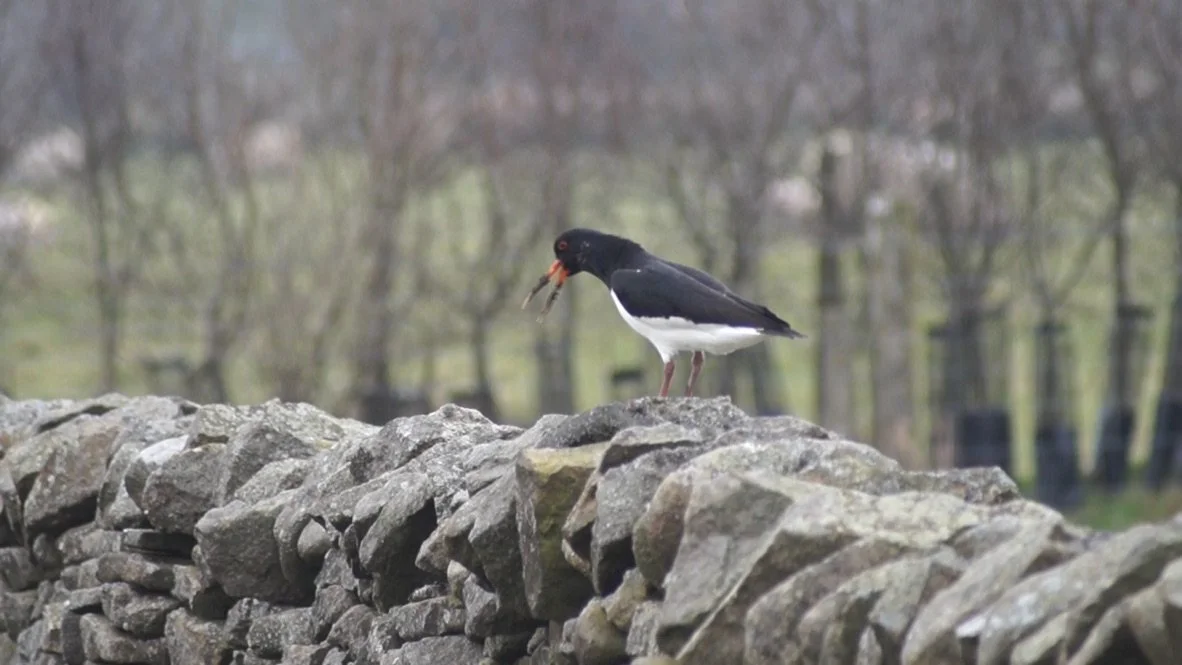The Right Place at the Right Time - by Leah Gray
Waders are facing serious challenges in Scotland. A few decades ago, walking through the countryside meant hearing the unmistakable calls of curlew, lapwing, and oystercatcher, but these iconic birds have been steadily disappearing from fields. In the past 30 years alone, lapwing and curlew numbers in Scotland have dropped by 62%, and oystercatchers by 38%. This decline isn’t just a loss for birdwatchers and conservationists, many farmers share that they are concerned to have lost the familiar company of these birds on their land.
The main driver of this population decline is widescale decreases in breeding success. In recent decades, waders have simply not been able to produce enough fledglings to sustain their populations. This has led to slow, steady declines, with numbers now approaching critically low levels. The drivers behind these declines are complex; waders face numerous challenges, from habitat degradation and predation to the destruction of nests and chicks by machinery and livestock. While many of these pressures need to be addressed across the wider countryside, research shows that changes to livestock management and mowing regimes are among the most effective interventions to support breeding waders.
In Scotland’s Agri-Environment Climate Scheme (AECS), the Wader Grazed Grassland and Wader and Wildlife Mown Grassland options offer livestock and mowing exclusions, designed to delay agricultural activities until after nests have hatched and chicks have fledged. These options currently offer single date exclusions which are applied to the whole country, however, the timing of the breeding season in waders shifts substantially in different regions of Scotland. This means that dates which work in southern Scotland are often not effective further north, where the breeding season tends to be later. A study is currently being completed using nesting data from across the UK to accurately assess the timing of nesting in different regions, and to recommend effective exclusion dates that will better protect waders during the breeding season.
However, we recognise that agriculture is shaped by time-sensitive decisions that depend heavily on regional and seasonal weather patterns, much like nesting. Restrictions on mowing or grazing can disrupt optimal land management, resulting in real costs to farmers. Long-term success of agri-environment schemes requires a balanced approach that protects wildlife while supporting flexible, viable land management. We want to help design schemes that work for waders, and work for farmers.
We want to understand the costs that exclusion periods create for farmers, so we are asking for feedback from farmers across Scotland through a short questionnaire. The anonymised responses will be shared with NatureScot to help inform fair and viable payment rates in future schemes.
To get involved in this research, please contact Patrick Laurie at awplaurie@hotmail.com
Leah Gray, Aberdeen University

